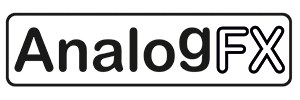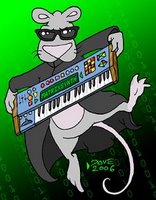Monday, June 18, 2007
Will Wright and Brian Eno - Generative Systems
YouTube via ForaTv.
"Complete video at: http://fora.tv/fora/showthread.php?t=451. Via ThisIsNotALabel.
Game designer Will Wright and musician Brian Eno discuss the generative systems used in their respective creative works. This clip features original music by Brian Eno.
-----
Will Wright and Brian Eno on "Playing with Time."
In a dazzling duet Will Wright and Brian Eno give an intense clinic on the joys and techniques of "generative" creation.
Back in the 1970s both speakers got hooked by cellular automata such as Conway's "Game of Life," where just a few simple rules could unleash profoundly unpredictable and infinitely varied dynamic patterns. Cellular automata were the secret ingredient of Wright's genre-busting computer game "SimCity" in 1989. Eno was additionally inspired by Steve Reich's "It's Gonna Rain," in which two identical 1.8 second tape loops beat against each other out of phase for a riveting 20 minutes. That idea led to Eno's "Music for Airports" (1978), and the genre he named "ambient music" was born.
The Long Now Foundation was established in 01996* to develop the Clock and Library projects, as well as to become the seed of a very long term cultural institution. The Long Now Foundation hopes to provide counterpoint to today's "faster/cheaper" mind set and promote "slower/better" thinking. We hope to creatively foster responsibility in the framework of the next 10,000 years - The Long Now Foundation"
Sunday, June 17, 2007
The Salty Fisherman's Lament
YouTube via drewtoothpaste.
FYI, I switched the comments below for those that want to watch and wonder what a salty fisherman is before reading. Don't read below unless you want to know.
"I make comics at http://www.toothpastefordinner.com and http://www.marriedtothesea.com. If you're not doing anything tonight, why not make up a couple Salty Fishermen, and kick back for some internet videos and comics? You work hard. You deserve it.
A Salty Fisherman is a drink made from 1 tsp caviar and 2 oz chilled vodka. Substitute rum for the vodka if you're feeling extra salty."
Oxford Synthesizer Company OSCar
 via this auction.
via this auction.Details:
* KILLER 12/24 bd filter, low, band, high.
* Two OSC with standard waveforms and Additive Synthesis capabilities.
* Arppegiator and Sequencer that send midi.
* Mono synth but polyphonic keyboard controller with midi options.
* 36 Patch Mem locations, 8 User Waveform Mem locations.
Sheffield Techno item featuring LFO-1990
YouTube via chrisf242.
Re-Published on Aug 1, 2012 gez varley
Via sequencer.de. You might recognize bits of this from this awesome video.
"Short but interesting item about the growing Sheffield techno scene in 1990.Features LFO (a young Mark Bell who now works with Bjork) and Warp records."
Glitch VST demo video
Remember Glitch? Here's a video of it in action.
YouTube via illformed. via AudioLemon.
"Just a quick demo video I made to show off some of the features of my Glitch VST plugin. I let a simple breakbeat sample play on loop while I go through and tweak various parameters in realtime. It's difficult to see all the details thanks to YouTube's low res video, but hopefully you get the idea.
You can download the plugin for free from:
http://illformed.org/glitch/"
YouTube via illformed. via AudioLemon.
"Just a quick demo video I made to show off some of the features of my Glitch VST plugin. I let a simple breakbeat sample play on loop while I go through and tweak various parameters in realtime. It's difficult to see all the details thanks to YouTube's low res video, but hopefully you get the idea.
You can download the plugin for free from:
http://illformed.org/glitch/"
dAdA-iNN live (in the dark)
YouTube via Moogulator.
"EA Party III 2006, www.dada-inn.de - lo quality recording but live."
That's Moogulator of sequencer.de in the black T. Click here for more vids via Moogulator.
All Your Bass (999 + 777 + MESA PA)
YouTube via shagghie.
"Running the 999's HT through the 777's filter input. Using BlackBoxStudios 's main PA room. Some red bulls. Oh, and yes, for those in the know, this is the very SN#6x6 that Guns n Roses owned at one point. The only factory brushed aluminum unit to leave Jered's skunkworks. LED and knobs modded by me. Muffler mod by Jered out of the factor."
Making Musical History
Title link takes you to a new article on Bob Moog in the New York Times.
"ONE night in January 1964, Herb Deutsch, an experimental composer from Long Island, and Robert Moog, an electrical engineer from upstate, sat with their wives at a little Italian restaurant in Greenwich Village and excitedly discussed a new idea: What if they created an instrument, a kind of “portable electronic music studio,” on which musicians could compose and perform?
“We were thinking primarily of composers,” Mr. Deutsch, now professor emeritus of music at Hofstra University, recalled a few weeks ago at his home here. “That performance part was not that important to Bob and me.”
That conversation in 1964 begat the Moog synthesizer, which helped launch a music revolution that started with the psychedelic rock stars of the 60’s and — several seismic electronic upheavals later — reached suburbia’s kid-next-door, the one with the Japanese keyboard and the garage band."
"ONE night in January 1964, Herb Deutsch, an experimental composer from Long Island, and Robert Moog, an electrical engineer from upstate, sat with their wives at a little Italian restaurant in Greenwich Village and excitedly discussed a new idea: What if they created an instrument, a kind of “portable electronic music studio,” on which musicians could compose and perform?
“We were thinking primarily of composers,” Mr. Deutsch, now professor emeritus of music at Hofstra University, recalled a few weeks ago at his home here. “That performance part was not that important to Bob and me.”
That conversation in 1964 begat the Moog synthesizer, which helped launch a music revolution that started with the psychedelic rock stars of the 60’s and — several seismic electronic upheavals later — reached suburbia’s kid-next-door, the one with the Japanese keyboard and the garage band."
The First Moog Quartet - Bei Mir Bistu Shein - 45rpm
YouTube via Frritzz. via AudioLemon."My father got this from a Salvation Army store for 25 cents. He must've made some find. Played on my Pioneer PL-518."
Update via Frritzz in the comments:
"By the way, I do own a 3-CD set 'The Out Sound From Way In' as part of my CD collection. Fun to listen to.
On YouTube: http://www.youtube.com/profile?user=Frritzz
On MySpace: http://myspace.com/frritz"
Update via the world of next tuesday in the comments:
"In a nutshell Kingsley and Perrey were both in NYC working with electronic music pre-Moog Modular. I believe the label A&R guy thought if they could team up they might put together a great album which was the case, and they subsequently did a second album together after the Moog came out and then parted ways.
For a subsequent project Kingsley came up with the first Moog Quartet concept trying to meet the challenge of playing live, in this case 4 performers on modular moogs. Moog built semi-custom gear for them. One of the members went on to form Hot Butter who had a hit with Popcorn some years later. So even though the recordings were done in the studio I suspect the concept was 4 guys could play it live though there are some non-synth instruments you'd presumably need backup guys playing.
Keith Emerson whom I guess was balking at the prices Moog wanted was offered one of the Quartet's Moogs after they disbanded and Moog's loaner gear was returned, so Emerson accepted Moog's offer to pick up a second hand gear, which I presume was quite useful to him since it had primitive patch switching for live use. So that synth was the first pieces of his modular."
Various Lab Volt Kits
 Title link takes you to shots via this auction.
Title link takes you to shots via this auction.Details:
"Various Lab Volt trainer kits:
-Frequencey Synthesizer X 3
-Pulse Code Modulation X2
-Channel Simulator X 2
-Frequency Disvision Multiplexing X 1 Case
Had the idea of making some kind of modular synth experiment out of these modules, but realized I just don't have the time.."

keybdwizrd - Korg Micro X Demos 4 and 5
keybdwizrd - Korg Micro X Demo #4 (programs)
keybdwizrd - Korg Micro X Demo #5 (programs)
YouTube via keybdwizrd.
"Some favorite programs on the Korg Micro X synthesizer."
keybdwizrd - Korg Micro X Demo #5 (programs)
YouTube via keybdwizrd.
"Some favorite programs on the Korg Micro X synthesizer."
Saturday, June 16, 2007
Midibox Sid with Matrix Panel
 Saw this one on sequencer.de. Notice the matrix panel with blue leds on the top left. There is a shot of the inside on the sequencer.de forum.
Saw this one on sequencer.de. Notice the matrix panel with blue leds on the top left. There is a shot of the inside on the sequencer.de forum.
Tau/Aries/ARP-inspired 20-pole Phaser
 via JH via AH:
via JH via AH:"I've made some first tests with my version of the Tau/ Aries/ ARP-inspired 20-pole Phaser.
Sound demos (mp3 format) are available:
jh_tau_demo_1_115.mp3
(White noise, and single VCO saw wave gated by Trapezoid, from Synthi Clone.
Run thru the Tau, added a little bit of reverb, recorded with Tracktion.)
jh_tau_demo_2_korg_drums_181.mp3
(Two stupid drum patterns from my Korg Electribe.)
jh_tau_demo_3_lambda_clavi_161.mp3
(Me playing the Clav sound on the Korg Lambda and my 5-year-old son Tassilo
turning the knobs of the Phaser.)
jh_tau_demo_4_lambda_strings_604.mp3
(Lambda Strings, also with Tassilo on the Phaser knobs)
Picture of the finished module: link
(What I will make available is not finished modules; just the naked boards
as shown here: link)
If you want to follow this project further, I'm making updates and announce prices on the electro-music forum: link
I've chosen this way simply because I can put up pictures and audio files there, so I can document this project without making a web site of my own for it. (This will probably come later.)
JH."
Polls on Matrixsynth?
Must! sent me a link to some polling tools for Blogger. He thought it would be a good idea to have a poll now and then. I don't see why not. So... Let me know what you'd like to have a poll on if anything in the comments of this post. I'm thinking one poll every month to every week max would work. What do you all think?
Irukandji
 "This is at the moment a page for my earliest work. I use in my studio: a Korg Mono/Poly, and a Powerbook G4. thats it. Pretty limited i know but youd be surprised what can be teased out of such equipment with a little ingenuity. I use Amadeus pro and Reason 2.0 to record, edit, and sequence samples from the mono/poly. I monitor everything through audio technica headphones. My strength is analog synthesis and although the mono/poly isnt modular, its pretty flexible. Trust me, if i could afford a synthi 100 or even an aks, id be in heaven. But given financial circumstances, I work with what i have. Any of you out there who are like minded, (analog synth focused and interested in experimenting) in western mass, and would like to collaborate, let me know. Im always looking for more people to program with. And everyone else just enjoy and leave lots of comments. Im always glad to hear feedback."
"This is at the moment a page for my earliest work. I use in my studio: a Korg Mono/Poly, and a Powerbook G4. thats it. Pretty limited i know but youd be surprised what can be teased out of such equipment with a little ingenuity. I use Amadeus pro and Reason 2.0 to record, edit, and sequence samples from the mono/poly. I monitor everything through audio technica headphones. My strength is analog synthesis and although the mono/poly isnt modular, its pretty flexible. Trust me, if i could afford a synthi 100 or even an aks, id be in heaven. But given financial circumstances, I work with what i have. Any of you out there who are like minded, (analog synth focused and interested in experimenting) in western mass, and would like to collaborate, let me know. Im always looking for more people to program with. And everyone else just enjoy and leave lots of comments. Im always glad to hear feedback."Note the tracks are low volume to start but the pick up. Really interesting soundscapes. Matthew wrote in after reading The ELF Generator post:
"I noticed the most recent post deals with the relation of sound and brainwaves. Ive been experimenting with this subject recently. I actually just got a myspace page up and running with some of my earlier work in this area. Check it out, and if you feel so inclined, feel free to post it. All sounds relating to brainwave entrainment are produced with the waveform generators in amadeus pro and everything else is done on a korg mono/poly. Its actually the only synth used in my music as my studio is pretty low budget at the moment."
G33 and GR33B Analog Bass Sample
 I thought I put this up on June 6, but I can't find it for the life of me. If you know I already posted this, feel free to comment. If not, enjoy. The sample is via ben who is or was selling this piece. More info and shots here. Sorry guys, I dropped the ball on this one and the last post as well actually. That should have gone up earlier as well.
I thought I put this up on June 6, but I can't find it for the life of me. If you know I already posted this, feel free to comment. If not, enjoy. The sample is via ben who is or was selling this piece. More info and shots here. Sorry guys, I dropped the ball on this one and the last post as well actually. That should have gone up earlier as well. Title link takes you to the sample. Notes via ben:
"Here is a little ditty I recorded with a pickup band in the studio. All the analog sweeps, notes, and buzzes are the G33/GR33b 100% live - not a keyboard or synthesizer. The pads and FX are a K2000 and I'm playing the Roland "808" EDrum kit :)"
Update: if you are interested in picking this up you can contact ben directly.

Ensoniq TS10 Guitar Samples
A couple of vids sent my way Kitsunexus.
Improvised Guitar Solo on Keyboard
YouTube via PrakaKhan.
"This is on a 1993 Ensoniq TS-10. Not a bad guitar tone for a dinosaur board."
Remembering the great Ensoniq keyboards...
YouTube via joendy.
"Excerpt of a video documentary about a conference for audio professionals:"X-Meeting" held in Milan (Italy) in 1994. Amongst some other manufacturers and brands of electronic instruments, the Ensoniq keyboards were demonstrated by this Italian guy (Giorgio Piovan) who delivered this amazing emulation of a distorted guitar with the very same model of Ensoniq TS-10 I used to play. I found a CD-Rom in a sidewalk in NYC containing this demo labeled:"Struimenti Musicali" (an Italian friend of mine, who helped me understand the whole thing, said that this is a music magazine in his country). If anyone knows how to reach this Italian keyboardist please let me know!!! I'd love to know what he's doing now..."
Improvised Guitar Solo on Keyboard
YouTube via PrakaKhan.
"This is on a 1993 Ensoniq TS-10. Not a bad guitar tone for a dinosaur board."
Remembering the great Ensoniq keyboards...
YouTube via joendy.
"Excerpt of a video documentary about a conference for audio professionals:"X-Meeting" held in Milan (Italy) in 1994. Amongst some other manufacturers and brands of electronic instruments, the Ensoniq keyboards were demonstrated by this Italian guy (Giorgio Piovan) who delivered this amazing emulation of a distorted guitar with the very same model of Ensoniq TS-10 I used to play. I found a CD-Rom in a sidewalk in NYC containing this demo labeled:"Struimenti Musicali" (an Italian friend of mine, who helped me understand the whole thing, said that this is a music magazine in his country). If anyone knows how to reach this Italian keyboardist please let me know!!! I'd love to know what he's doing now..."
Free Samples via Soulmachine!
via Soulmachine!
"As a kind of a side-product when I'm making songs I always make alot of audiosamples. So I thought, why don't I share them, perhaps other people also could have use for them. :)
I have just made a site where I posted some of my samples. They are made in to exs-24 instruments and there are: pianos, drumkits, guitars, base sounds and pads.
I also have some standalone wav formats containing: drumloops and musicloops.
Here is my site: http://hem.passagen.se/piplayer/samples
Your thoughts and feelings about them are greatly appreciated.
Thanks!
///Soulmachine!"
"As a kind of a side-product when I'm making songs I always make alot of audiosamples. So I thought, why don't I share them, perhaps other people also could have use for them. :)
I have just made a site where I posted some of my samples. They are made in to exs-24 instruments and there are: pianos, drumkits, guitars, base sounds and pads.
I also have some standalone wav formats containing: drumloops and musicloops.
Here is my site: http://hem.passagen.se/piplayer/samples
Your thoughts and feelings about them are greatly appreciated.
Thanks!
///Soulmachine!"
Friday, June 15, 2007
The ELF Generator
 Resynthesize....
Resynthesize....YOUR BRAIN!!!!
Title link takes you there.
via sequencer.de.
Filing this one under DIY, for...
DIY....
YOUR BRAIN!!!
Some Csound bass samples
via cornutt on the Matrixsynth Forum.
"Here are samples of some bass sounds generated with some oscillator code that I wrote in Csound. The code support a variety of sync techniques, several of which are demonstrated here. There are four samples. Each one combines several different waveforms with a sync signal that sweeps upwards in frequency. Each sample is 20 seconds, separated by one-second intervals of silence. The first sample is divided into two slightly different variations."
Title link takes you to an mp3 of the samples.
"Here are samples of some bass sounds generated with some oscillator code that I wrote in Csound. The code support a variety of sync techniques, several of which are demonstrated here. There are four samples. Each one combines several different waveforms with a sync signal that sweeps upwards in frequency. Each sample is 20 seconds, separated by one-second intervals of silence. The first sample is divided into two slightly different variations."
Title link takes you to an mp3 of the samples.
Seattle Synthesizer Contest and Club
 "Tuesday June 26 8:00pm
"Tuesday June 26 8:00pmElectronic Mantra in cooperation with the Capitol Hill Arts Center and Guitar Center is pleased to announce the first Seattle-area Synthesizer/Electronic Composition Challenge of the new millennium.
The purpose is to showcase local electronic sound design and composition skills using waveforms, samples, filters, envelopes, sequencers, signal
processing, analogue or digital or computer-generated, and whatever else you come up with that fits the contest rules. The purpose of the contest is also to show what you can do and to HAVE FUN!
Entries will be auditioned on Tuesday, June 26th, at the CHAC Lower Level before a panel of judges. The best three compositions will receive prizes. There will also be two Honorable Mentions awarded.
CHAC Lower Level
1621 - 12th Ave. Seattle. DOWN THE RAMP!
Tickets: FREE - All Ages
More Info:
http://home.comcast.net/~electronicmantra/"
Description via Capitol Hill Arts Center. Title link takes you to the contest site with more info.
Also scroll down when you get there for info on the Seattle Synthesizer Enthusiast's Club. This is the first I've heard of it.
Via George Mattson.
Plan B Function Summary List
Plan B has added a list categorized by function to their site. The previous list was by module. You had a list of modules and descriptions of what they did. Now there is also a list of various functions like Analog Shift reg., Attenuation, Boolean function, etc., and the modules that support each function. This allows you to review what features you might be interested and then see the modules that offer that feature. Pretty cool. Title link takes you there. Click on the Function Summary list on the top right to get to the list.
Cocteau Twins - Blue Bell Knoll Cover Featuring Waldorf Synths
via Victor on the-gas-station:
"The first cover we did it was very well appreciated at Cocteau Twins forums and they asked me to do another one. So we did this one, I think it's the best Cocteau Twins song. I used only Waldorf MicroQ for sounds and Waldorf Rack Attack for drums and I mastered the song with Creamware stuff. (Optimaster, PEQ4 and Vinco). Enjoy!"
Title link takes you to the stream. It's an m3u file, not an mp3. It'll play on Winamp or anything else that supports it. I'm a HUGE Cocteau Twins fan. I saw them in 1990, 1994, and again in 1996. This is a great cover and a nice showcase of the Waldorf MicroQ and Rack Attack. You can find more info on the Cocteau Twins here. Part of the fun is trying to figure out what Liz Fraser is actaully singing - everything she sings is actually real words. Dead Can Dance on the other hand was mainly enunciations of jibba jabba. ; ) Still great music though.
"The first cover we did it was very well appreciated at Cocteau Twins forums and they asked me to do another one. So we did this one, I think it's the best Cocteau Twins song. I used only Waldorf MicroQ for sounds and Waldorf Rack Attack for drums and I mastered the song with Creamware stuff. (Optimaster, PEQ4 and Vinco). Enjoy!"
Title link takes you to the stream. It's an m3u file, not an mp3. It'll play on Winamp or anything else that supports it. I'm a HUGE Cocteau Twins fan. I saw them in 1990, 1994, and again in 1996. This is a great cover and a nice showcase of the Waldorf MicroQ and Rack Attack. You can find more info on the Cocteau Twins here. Part of the fun is trying to figure out what Liz Fraser is actaully singing - everything she sings is actually real words. Dead Can Dance on the other hand was mainly enunciations of jibba jabba. ; ) Still great music though.
Thursday, June 14, 2007
PAiA Modular

Click here for shots via this auction
Details:
"THIS IS A KIT ORGAN AND SYNTHESIZER FROM PAIA."
Note the auction has this listed as a Stringz & Thingz. It's not. This is.

Gleeman Pentaphonic

Click here for shots via this auction.
Details:
"Only 50 ever made - so this is probably the last time you will see one again - this rare beast sounds like a cross between Moog / Oberheim and the Prophet synths and the has the film soundtrack fx side of the VCS3 so is killer for film soundtracks - the Gleeman is in tip top condition and has been recently serviced by a reputable UK company - it comes with mains 110>240v transformer - the total shipping weight is 26kg so email me your area/postal code / country for shipping quotations - I originally paid £2000.00 for the Gleeman Pentaphonic - remember this is one of the very rarest synths out there - you will definately not see another one and it sounds like no other - here is what has been said of the legendary Gleeman Pentaphonic:
The Gleeman Pentaphonic
by Joey Swails (j.swails@comcast.net)
The Gleeman Pentaphonic was introduced in 1981 by the Gleeman company, a partnership of two brothers, Bob and Al Gleeman. They were based (in the grand old Silicon Valley tradition) in their garage in Mountain View, California.
I met Bob Gleeman at the 1982 AES show in Anaheim, while I worked for Don Wehr's Music City in San Francisco. I was blown away by the Pentaphonic's sound; Bob came around the store a soon after, and we became the first authorized Gleeman dealer.
The story goes that the Pentaphonic came about when Bob decided that he wanted a synthesizer like a Prophet-5, but smaller and more portable. His "smarter brother" Al, a computer hardware designer, basically designed the synth from the ground up, working from his brother's description of what a polyphonic synthesizer should do.
It was in actually a digital/analog hybrid -- the filters and amps were based on the same Curtis chips that were used in the Prophet, ARP and Octave machines. The oscillators were digital, as were the ADSRs. The machine was based on the Intel 80186 microprocessor, which was very advanced for it's time. In fact, it used two 80186's -- one for the keyboard/transpose functions, the other for waveform and amplitude control. One thing led to another and they decided to try to market the machine after everyone who heard it told them how great it sounded. They had wanted to call it the "Gleeman Minstrel", since their family name Gleeman means "minstrel." But there was another machine on the market called Minstrel (the Basyn, by Grey Labs), so they settled on "Pentaphonic".
The oscillator section featured 3 oscillators, each with a selection of 8 waveforms. The waveshapes were fixed, in that there was no pulse-width modulation. Instead it offered 3 choices of pulse widths. There were two "digital" waveforms with lots of high, bell-like overtones which had a distinctive, almost FM-like sound when selected.
There was an octave switch on each oscillator (hi/low) and a "chorus" switch that actually detuned oscillators 2 and 3. Interval tuning of the oscillators was not introduced until the programmable version was made, and the intervals were part of the program, selected by pressing keys on the keyboard. There was also a Transpose control that shifted the entire tuning of the machine in half-steps over a one octave range.
It was a standard Prophet-type control set, with one filter ADSR and one volume ADSR. The filter section had the standard cutoff, contour amount and resonance dials. The layout was basically that of a MiniMoog, including an oscillator mixer that included a pink noise control.
One drawback was a lack of a keyboard tracking filter setting, which was explained to e as being impossible due to the way the keyboard controlled the oscillators. Another as that it also lacked a provision for a sustain pedal.
The keyboard system was unique in that it was not based on the same serial-scanning system developed by Tom Oberhiem used by virtually every polyphonic synth, but was rather a parallel port that had an input point for each of the 37 keys. This made for a very fast, responsive keyboard, but made it difficult to derive an analog voltage
to use for filter tracking.
The first Pentaphonic's joystick was only a pitch bend lever, but later they upgraded it to allow for pitch bending and modulation of either the pitch or filter cutoff. There was also a simple, real time, one-track sequencer built in, but with the unique eature of being able to play back the sequence while playing the keyboard with the joystick and transpose control effecting only the notes played on the keyboard.
The original Gleeman Pentaphonic retailed for US$2795 and featured a 6X9 inch "car speaker" with amplifier built into the back of the cabinet. The price included an injection molded road case (actually a Samsonite suitcase customized with form-fit molding inside to hold the synth and a "Gleeman" nameplate glued over the "Samsonite" label.)
In 1982, the programmable version was introduced. I had told Bob from the beginning how much better (and more marketable) the Pentaphonic would be if it were programmable (as the Prophet-5 was setting the standard for analog synths in these days.) The "Presetter" used a two-digit thumbwheel selector next to the joystick with a toggle switch. The first 50 programs (designed by the Gleemans with help from
myself and Keith Hildebrant, who later worked for Opcode and authored several sound sample disks) were in ROM memory and the second 50 were user programmable. The toggle switch allowed for either instant recall as the thumbwheels were changed, or in the second position the patch remained in performance memory until the wheels were changed and the switch was toggled into the "recall" position. A small recessed red
button was the "write" switch. Unfortunately there was no provision for off-loading of programs. The programmable version retailed for US$3295.
I sold Oscar Petersen his Pentaphonic a few months after we became a dealer. He was playing a concert in town nearby and came into the store just to kill time after the soundcheck. He started playing on the Pentaphonic and didn't stop for two hours, while a small crowd gather to listen. He told his road manager he had to have one, and Bob and I delivered it to him at the venue the next day.
The greatest thing about the Gleeman was the sound -- it was gorgeous! The pads were thick and rich; the string patches made an OBXa sound almost thin by comparison. The three oscillator sound was very similar to a MemoryMoog in some ways, but with a crystal clarity that the Moog couldn't touch. If it had a weak point, it was that the Gleeman was almost TOO "pretty" sounding -- not a very good "down and dirty" synth. It was no good at the kind of bizarre patches that the Moog and the Prophet were capable of. It lacked a sync mode and the limited keyboard range was a hassle, but within that range, it was a truly lovely sounding instrument.
To address these defects, the Gleeman brothers had plans for a 61-note, touch sensitive, 8-voice version of the synth (I even saw the prototype being built while visiting their workshop). MIDI was just becoming available, and the new machine would have MIDI (though by then programmable Pentaphonics could be retrofitted for MIDI by the shop.)
Unfortunately, by 1984 the Japanese synth builders were flooding the market with inexpensive polysynths (like the PolySix and the Juno 6/60) and the market for a 5-voice machine with a 37-note keyboard and a price tag over 3000 bucks was gone. And oon after that the DX7 was introduced and the market was radically changed. The Gleeman "Octophonic" never saw the light of day, and the Gleeman brothers retired from the synthesizer business. (I heard that years later Al Gleeman went on to invent the laser dentist's drill.) Only 50 or so Pentaphonics were ever made but they still pop up in the keyboard rigs of some major recording artists such as Kansas, The Band, R.E.M. and of course, Oscar Petersen.
But the Gleeman didn't disappear until after it had made a bit of a stir in the synth world with the introduction of the world's only see-through synthesizer -- the "Pentaphonic Clear".
Here are gleeman owner's Harmony central reviews:
file:///Users/f/Desktop/GLEEMAN/reviews.harmony-central.com"
Custom Semi Modular Analog Synth
 Title link takes you to shots via this auction.
Title link takes you to shots via this auction.Details:
"Here we have a custom made semi modular analog synth with a normalised signal path great for drones or noise, it features:
- 2x VCO's each with pitch and waveshape knobs (waves go between square and triangle), on/off switch, CV input and Output jacks.
-1x LFO/Clock with knobs for frequency (goes well into audio range), wave shape and modulation depth, on/off switch and a CV output
-1x VCF with bandpass response, nice range on this has knob for frequency, CV input and an External input to filter outside signals.
All jacks are 1/4". The unit is powered by 1 9v battery accesible by a hatch on the bottom of the unit. Built into a nice vintage case with a removable lid. The synth is great as a stand alone unit or as an add on to an existing modular setup."
Samples at the auction.
via Phil. Samples mirrored here for when the auction goes down.
Replacement Submodules for all ARPs
 I don't believe this is new but it recently came up on AH and I thought I'd put up a post.
I don't believe this is new but it recently came up on AH and I thought I'd put up a post."Sub-modules are small, densely packed, hybrid or discrete sub-assemblies that plug in to the main board of the module/synth somewhat like a large pentium chip. These are the core circuits used in all ARP synthesizers."
Title link takes you to more info on the CMS site.
Update:
A couple of other resources that came up on AH.
ARPtech Submodules
Synth-Restore
and for auction:
4075 VCF.
2600 VCO.
Stian Skagen
YouTube via nymusikk. Sent my way via Basti.
"Live at Ny Musikk in Oslo. November - 2006. Filmed by www.nymusikk.no"
This is a long one, so if you are pressed for time, main transitions happen 2:30 into it and again 4:13 into it. Note that the counter on the YouTube site for videos count up while the counter when I embed counts down, so read 2:30 as two minutes and thirty seconds after the vid starts and not 2:30 in the player's display. You'll have to do the math.
Update: also check out this vid.
compact11
 via Shin in the comments of The Flying Machine post. I almost didn't put this one up due to lack of synth content - I try to limit effects posts to effects made specifically for synths, but... I thought the construction of this unit was interesting. Here's the product page Shin linked to and here's the Google translated page. In short it's a digital delay. Guess what the design is doing in the images. As always you can click them for a bigger shot.
via Shin in the comments of The Flying Machine post. I almost didn't put this one up due to lack of synth content - I try to limit effects posts to effects made specifically for synths, but... I thought the construction of this unit was interesting. Here's the product page Shin linked to and here's the Google translated page. In short it's a digital delay. Guess what the design is doing in the images. As always you can click them for a bigger shot.
Syntezatory.prv.pl - Roland JX-3p
YouTube via Jexus.
"1983 Roland JX3p. Brought to you by WC Olo Garb. The sounds have been programmed by WC Olo Garb./// Syntezatory.prv.pl Videos: showing you not what a synthesizer can do, but what a man can do with a synthesizer."
Wednesday, June 13, 2007
jumpstart synth jam
YouTube via jumpstartz. Via the Matrixsynth forum.
"setup: korg dw8000, novation xiosynth, roland pc-200, kurzweil k2600r, jen sx1000 and macbook with logic express (goodbye dw8000...)"
Check out jumpstart's myspace page here: http://www.myspace.com/electromovingpictures
Music from Marz - New Tapewarm Site
123synthland Big Vintage Synth Sale
 Looks like 123synthland, aka minime123, is having another massive synth blowout sale. Too many shots for even me to grab, so I thought I'd just put up the link.
Looks like 123synthland, aka minime123, is having another massive synth blowout sale. Too many shots for even me to grab, so I thought I'd just put up the link.ARP Odyssey

Update: check out this KORG rk100, also part of the set.
PREVIOUS PAGE
NEXT PAGE
HOME
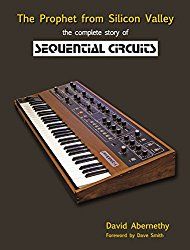
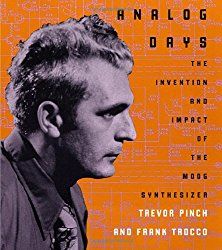
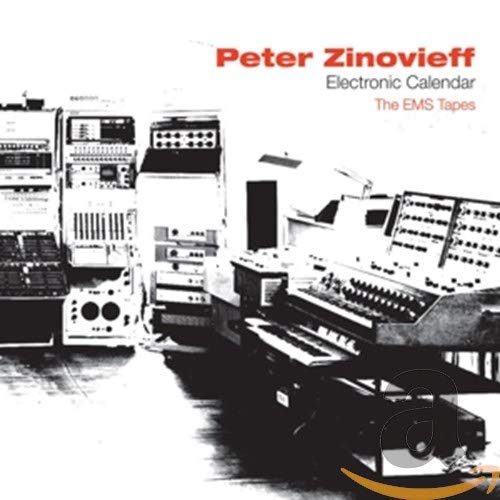
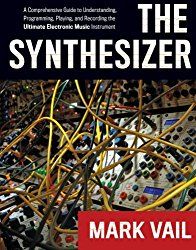
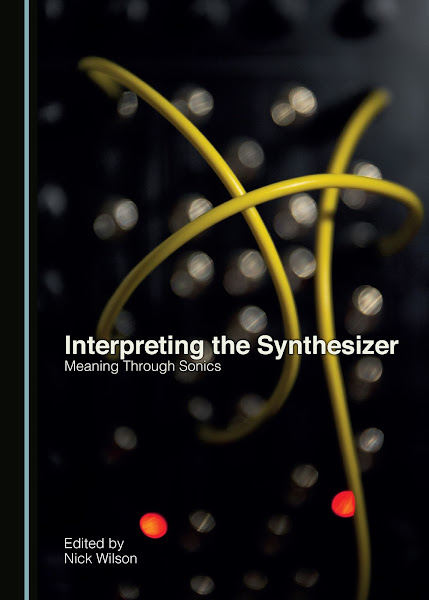
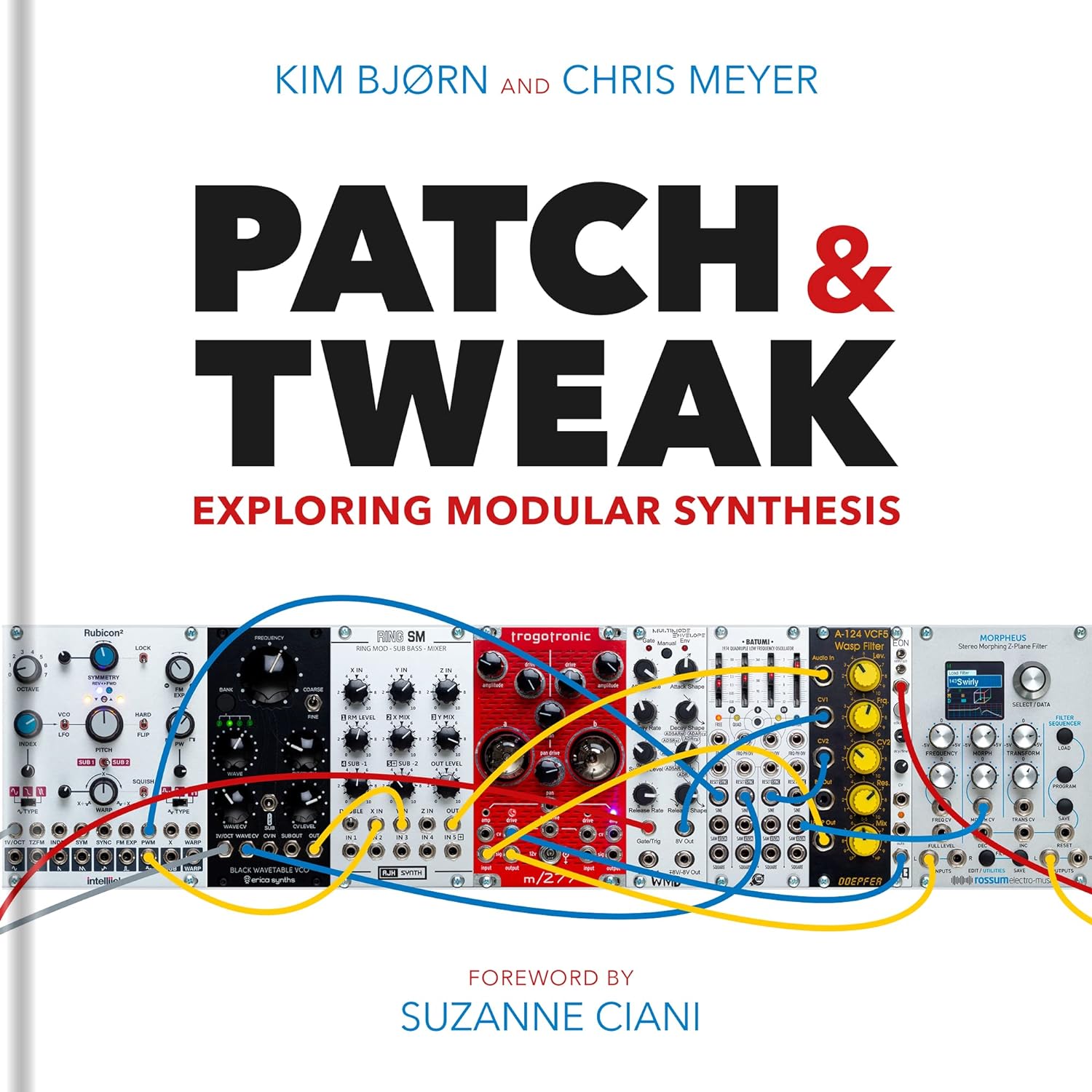

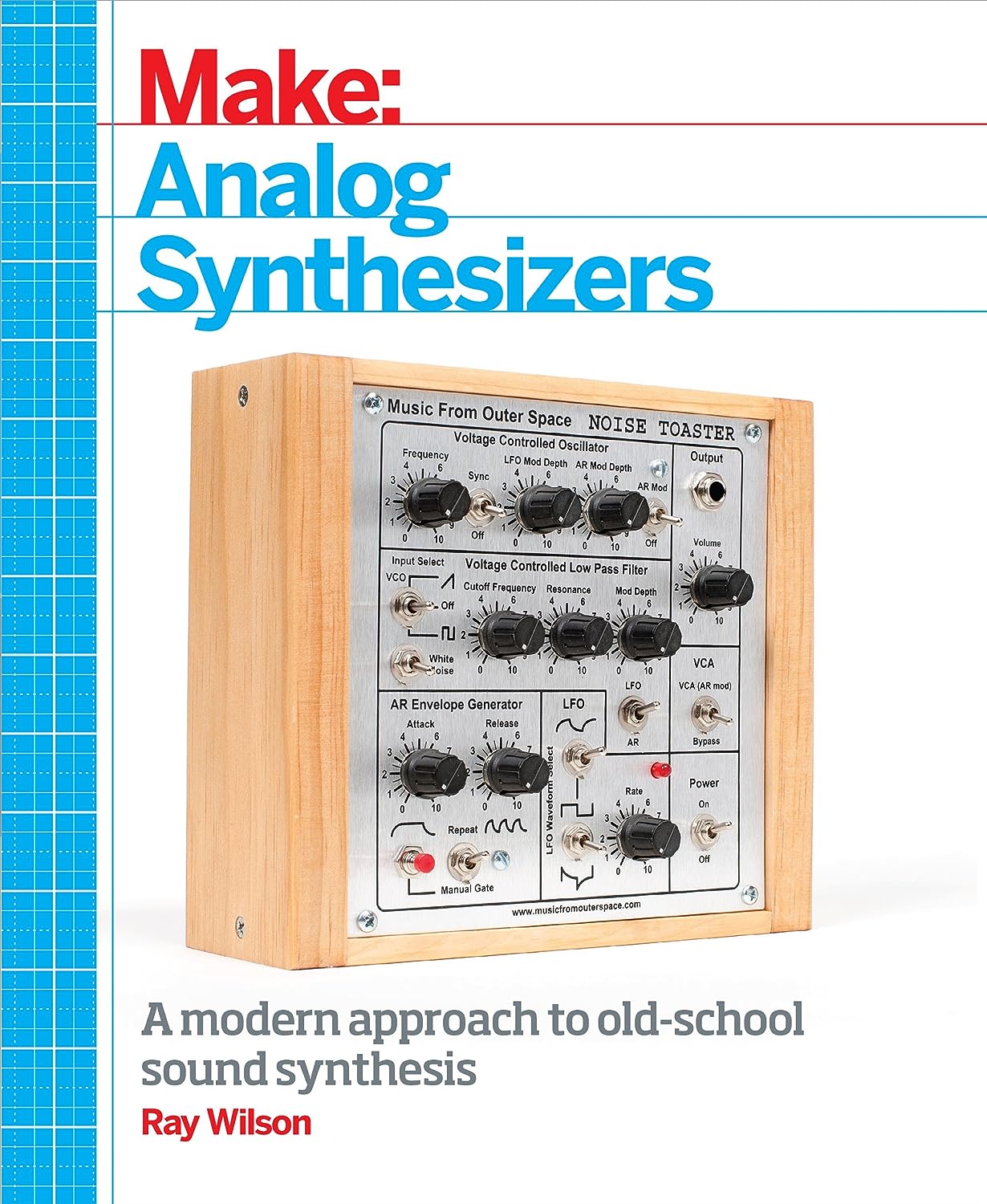
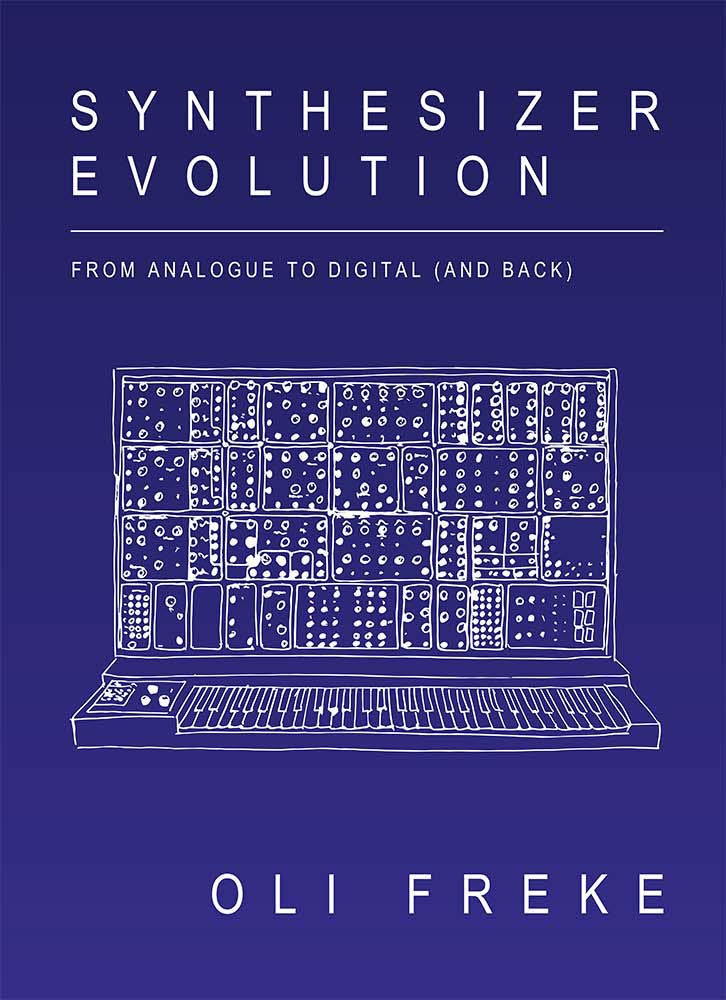
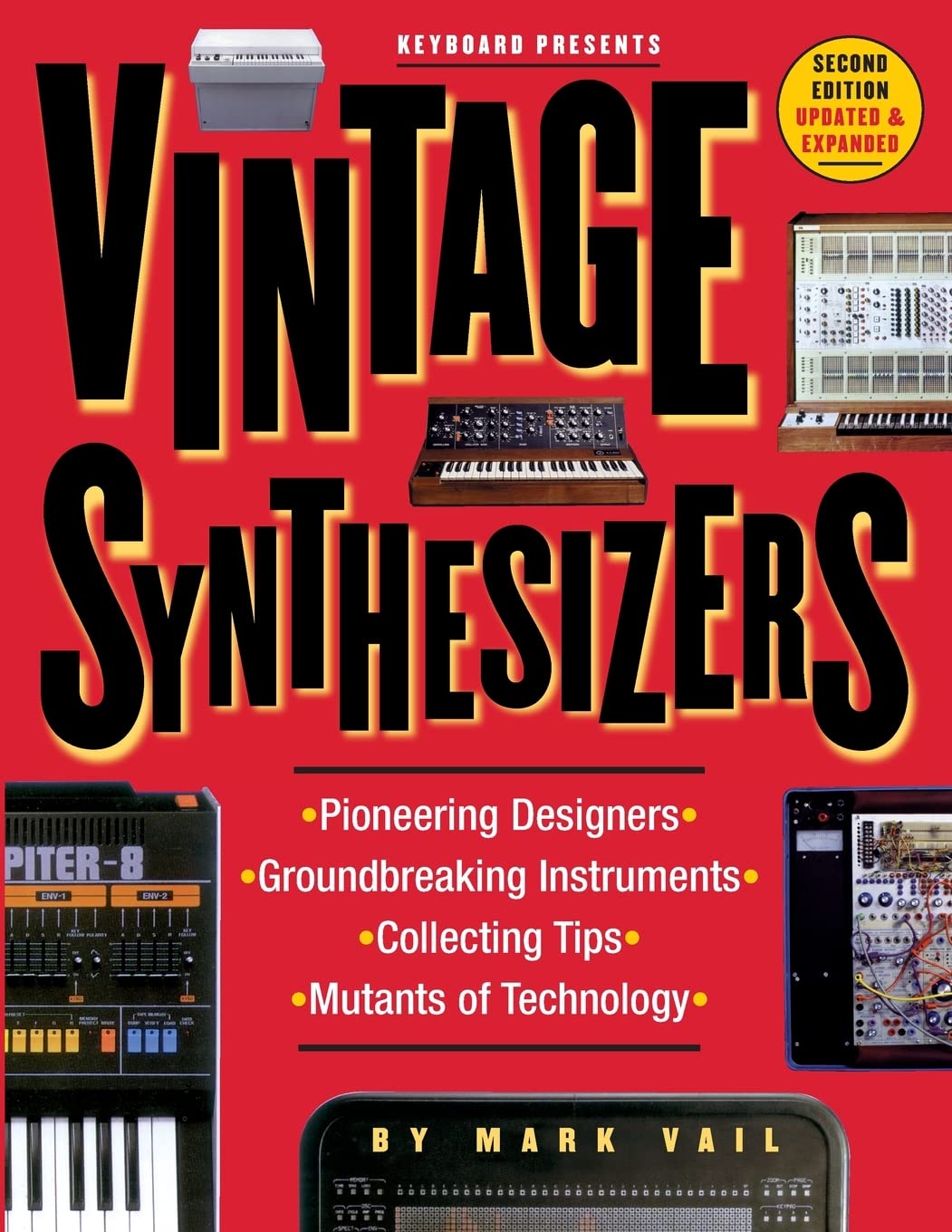
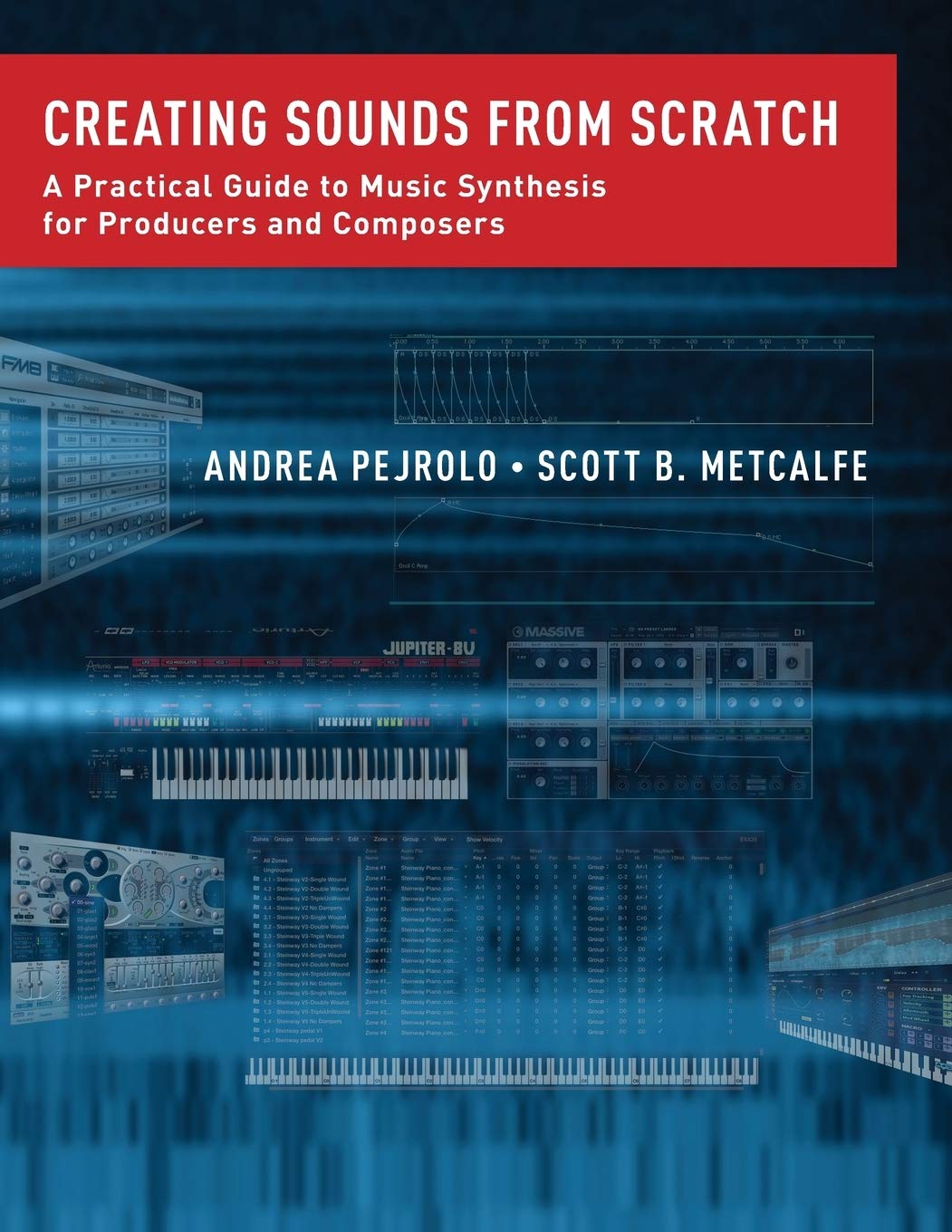
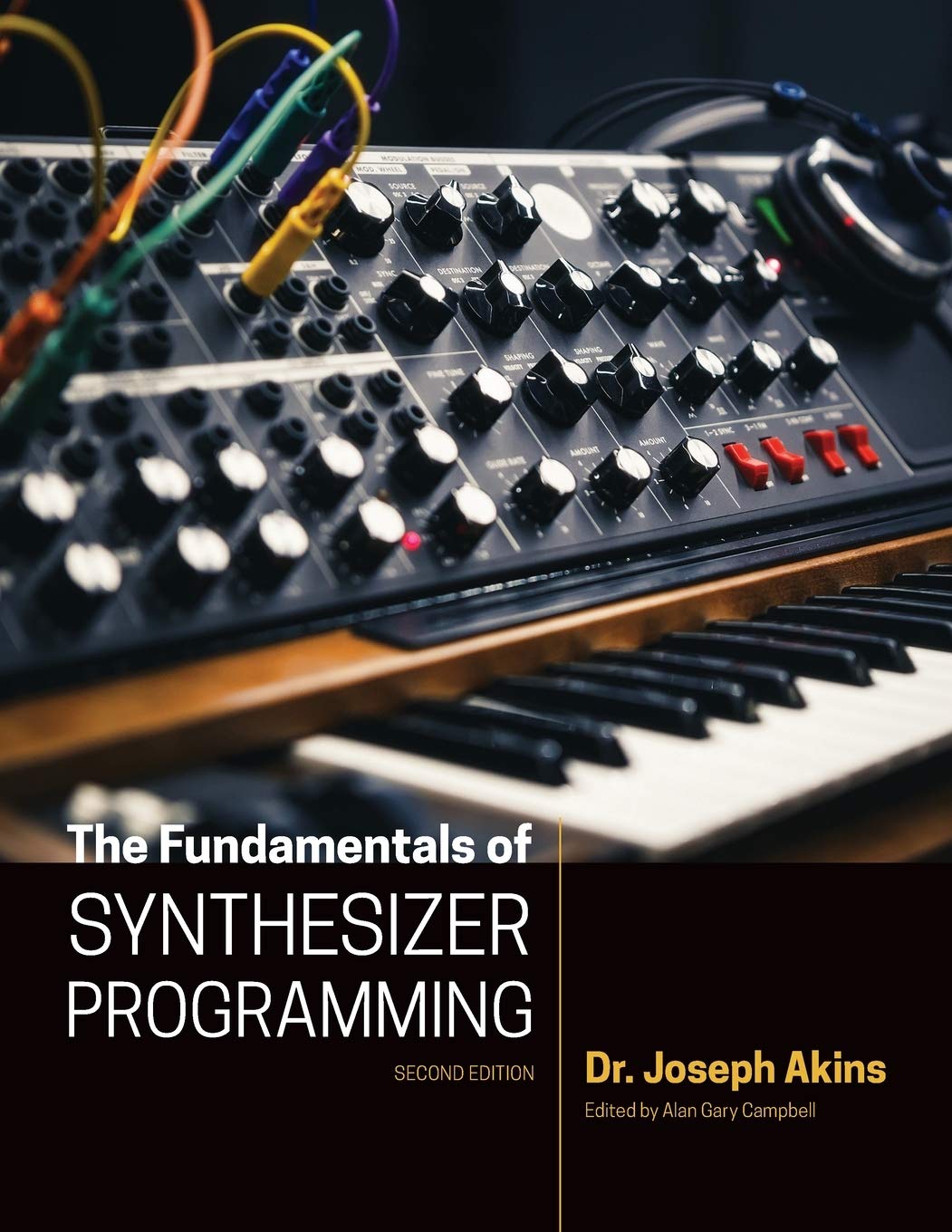

© Matrixsynth - All posts are presented here for informative, historical and educative purposes as applicable within fair use.
MATRIXSYNTH is supported by affiliate links that use cookies to track clickthroughs and sales. See the privacy policy for details.
MATRIXSYNTH - EVERYTHING SYNTH













© Matrixsynth - All posts are presented here for informative, historical and educative purposes as applicable within fair use.
MATRIXSYNTH is supported by affiliate links that use cookies to track clickthroughs and sales. See the privacy policy for details.
MATRIXSYNTH - EVERYTHING SYNTH






























